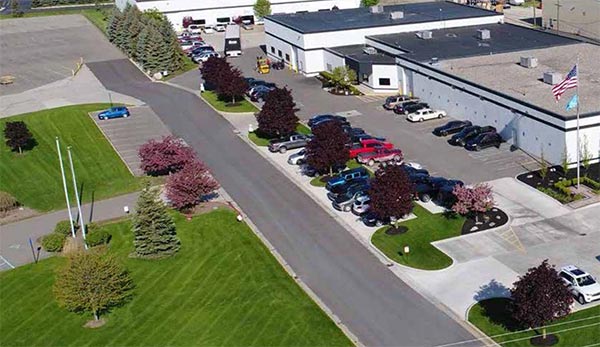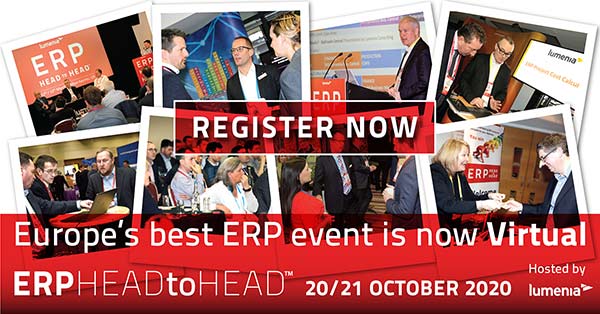ERP News – worldwide – erpnews.com – As a manufacturer, your focus is on quality, equipment maintenance, profit, on-time delivery, and customer satisfaction. You’re probably not thinking about the pitfalls of your enterprise resource planning (ERP) software. However, the shortcomings can be more than a nuisance to your business. Here are five ways your ERP may be strangling your business:

Money Drain
You typically will pay 8–40 percent of your total software license values annually for bug fixes, support and access to new software versions. You’ll also pay to upgrade to those new versions. Planning, consultant costs, and time away from core activities add significant costs on top of a large, recurring annual payment.
Painful Upgrade
If you decide to be proactive and upgrade, you’re in for a painful process. Since your ERP solution is intertwined throughout your operation, upgrades require precision planning to minimize disruption. You’ll need to involve key stakeholders throughout your organization, who could be focusing on business results. You’ll need contingency plans and money to repair inevitable broken customizations. You’ll also need to dedicate people on nights and weekends when the upgrade takes place during off-peak production time. If you run 24×7, you’ll just have to hope for the best.
No-Win Choices
Maybe you decide the version you currently run works good enough. This might work for a while but at some point, the vendor moves on and decides to stop supporting old operating systems—including yours. You’ll be forced to upgrade, have to deal with problems on your own, or may need a new contract that requires a full implementation (which can cost as much or more than your initial implementation years ago).
Left Behind
If your company is running a unique version or a highly customized environment, ERP software vendors have a hard time providing adequate support. Bugs are hard to validate and troubleshooting is more difficult. The lack of version commonality among peer groups affects your business too. Other manufacturing customers represent a powerful peer group you can use to leverage best practices. If that peer community is using disparate software versions, best practices and shared processes may not be relevant from one company to the other.
Lost Opportunities
From plant floor machine-to-machine intelligence, to sensors, to connected mobile devices, your company needs a single, connected system to use these technologies. Your company cannot take full advantage of the Internet of Things (IoT) if it runs on disconnected and out-of-date ERP software. Also wouldn’t it be great if your IT personnel could focus on developing new business processes to drive greater efficiency? Or identify actions based on data trends and anomalies? You might not think you have the bandwidth to dedicate to this value-added work but with a cloud ERP solution you do—and you’ll reap immeasurable benefits from new opportunities.
A modern, cloud-based ERP solution can simplify and automate the upgrade process, while also freeing up IT resources. This will help you adapt to change, improve operations, lower costs, and innovate at a pace driven by customer needs.






